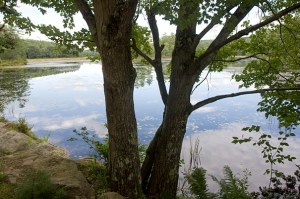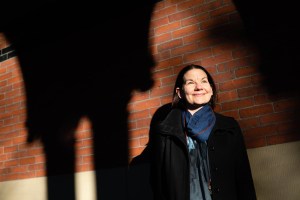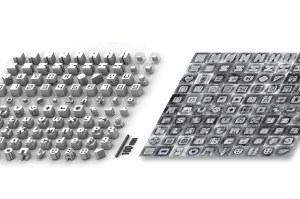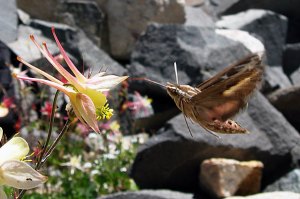Tag: National Science Foundation
-
Science & Tech
Science no longer intimidates her. Neither do sharks.
Summer research program breaks down barriers for undergraduates with disabilities.

-
Campus & Community
Reaching for the stars
Using robotic telescopes and other engaging astronomy activities, researchers at the Center for Astrophysics | Harvard & Smithsonian hope to spark interest in the sciences.
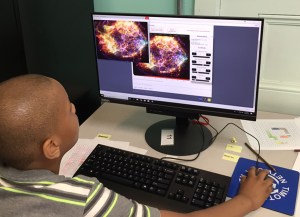
-
Campus & Community
Wood becomes first woman to win $1M Waterman Award in math
Professor Melanie Wood has won the Alan T. Waterman Award, becoming the first woman ever to receive it in mathematics.
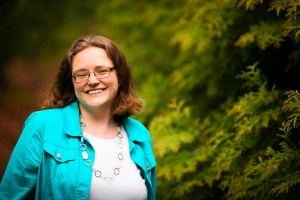
-
Science & Tech
Launch of pioneering Ph.D. program bolsters Harvard’s leadership in quantum science and engineering
Today, the University launched one of the world’s first Ph.D. programs in the subject of quantum science and engineering.
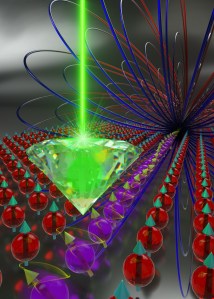
-
Campus & Community
Young, female, Native American, scientist
Six female Native Americans took part in the Summer Research Experience for Undergraduates at the Harvard John A. Paulson School of Engineering and Applied Sciences.
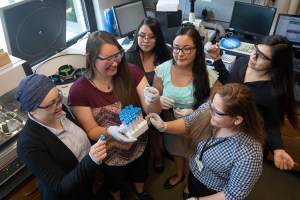
-
Campus & Community
Bringing biology and mathematics together
The National Science Foundation and the Simons Foundation have awarded a grant to Harvard scientists to create a research center aimed at bringing biologists and mathematicians together to answer some of the central questions about living systems.
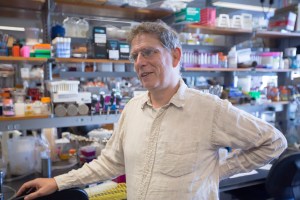
-
Nation & World
From federal support, groundbreaking research
Latest federal budget allocations allow Harvard scientists to push toward fresh discoveries.
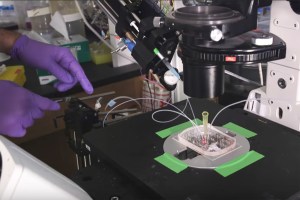
-
Science & Tech
Why more ‘hotspots’ aren’t so cool
A new study published today in the Journal of Applied Ecology reports that the number of ecosystem hotspots in Massachusetts has increased over the past decade, with more and more popping up in metro Boston.
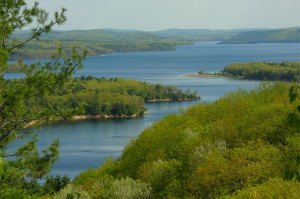
-
Nation & World
Falling fertility rates
For the past several years, Mary Brinton, Radcliffe fellow and chair of Harvard’s sociology department, and a team of collaborators have been exploring declining fertility rates in postindustrial societies.
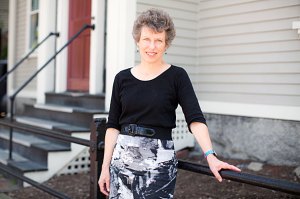
-
Science & Tech
Advancing science and technology
The National Science Foundation is awarding grants to create three new science and technology centers this year, with two of them based in Cambridge. The two multi-institutional grants total $45 million over five years.

-
Science & Tech
Removing indoor pollution
A Harvard School of Public Health graduate and doctoral candidate in environmental health is one of the creative forces behind SolSource, a revolutionary, sun-powered grill designed specifically to reduce pollution inside rural houses.
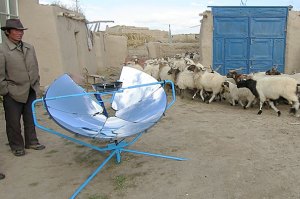
-
Science & Tech
Understanding student weaknesses
As part of an unusual study that surveyed 181 middle school physical science teachers and nearly 10,000 students, researchers found that the most successful teachers were those who knew what students would get wrong on standardized tests.
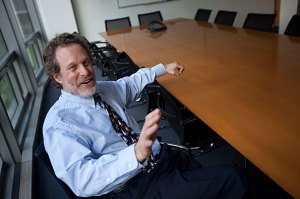
-
Health
The bounty of EDEN
An associate professor at Harvard, Cassandra Extavour also heads up the Evo-Devo-Eco Network (EDEN), a collaborative group of researchers devoted to encouraging the study of nontraditional “model” organisms, ranging from sea anemones and crickets.
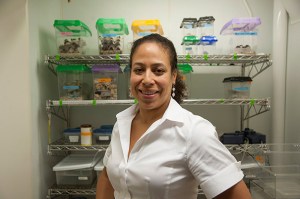
-
Health
Controlling behavior, remotely
Researchers have been able to take control of tiny, transparent worms by manipulating neurons in their brains, using precisely targeted pulses of laser light.

-
Health
Pecking order
Harvard researchers have found that a new investigation of tissues and signaling pathways in finches’ beaks reveals surprising flexibility in the birds’ evolutionary tool kit.

-
Health
Artificial jellyfish swims in a heartbeat
A team of researchers at Harvard University and the California Institute of Technology has turned inanimate silicon and living cardiac muscle cells into a freely swimming “jellyfish.”
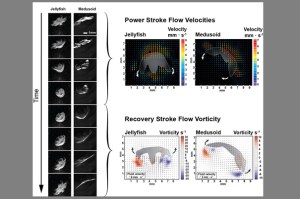
-
Campus & Community
President of Brazil comes to Harvard
Harvard University today signed a five-year agreement with the government of Brazil to eliminate financial barriers for talented Brazilian science students pursuing undergraduate and graduate studies at Harvard.

-
Science & Tech
Model situation?
Researchers at the Harvard School of Engineering and Applied Sciences (SEAS) have shown that the primary explanation for the reduction in CO2 emissions from power generation that year was that a decrease in the price of natural gas reduced the industry’s reliance on coal.
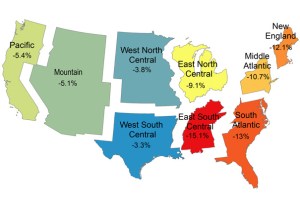
-
Health
A swimsuit like shark skin? Not so fast
Experiments conducted in a Harvard lab reveal that, while sharks’ sandpaperlike skin does allow the animals to swim faster and more efficiently, the structure of some high-tech swimsuits has no effect when it comes to reducing drag as swimmers move through the water.
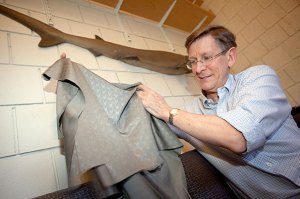
-
Science & Tech
Physics at 2,500 feet
In 1934, a group of enterprising young Turks pooled their money and bought construction plans for a glider. Pioneers in the infancy of aviation, they built it by hand, out of wood and fabric, and when the time came for its maiden flight, they drew straws.
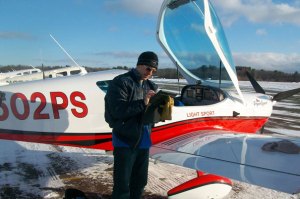
-
Science & Tech
Where wild food matters
A postdoctoral fellow at Harvard’s Center for the Environment, Christopher Golden, is the lead author of a paper. It says that in societies where people rely on bush meat for important micronutrients, people’s lost access to wildlife could hurt children’s health
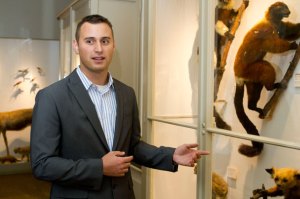
-
Science & Tech
SEAS brings good things to light
By nestling quantum dots in an insulating egg-crate structure, researchers at the Harvard School of Engineering and Applied Sciences have demonstrated a robust new architecture for quantum-dot light-emitting devices (QD-LEDs).

-
Health
Understanding interference
In a discovery that might eventually lead to new biomedical treatments for disease, researchers from Harvard’s Department of Molecular and Cellular Biology have identified two types of RNA that are able to move between cells as part of a process called RNA-interference (RNAi).
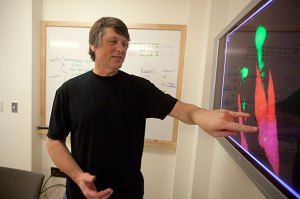
-
Health
What’s behind the predictably loopy gut
Between conception and birth, the human gut grows more than two meters long, looping and coiling within the tiny abdomen. Within a given species, the developing vertebrate gut always loops into the same formation — however, until now, it has not been clear why.
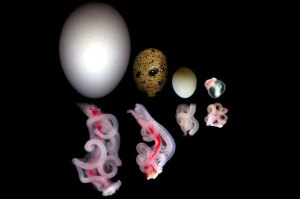
-
Science & Tech
Gauging forest changes
Harvard scientists are leading an international collaboration that aims to coordinate research, data collection, scientist training, and analysis of information gleaned from two networks of forest plots, one through the Harvard-affiliated Center for Tropical Forest Science and the second created by Chinese scientists.
